Multimedianess as a Technology of Genre Diffusion Within Transformation of Media Industry
10.17721/2522-1272.2023.82.1 ![]() (DOI)
(DOI)
UDC 004.738.5:004.032.6:82-92
Lesya Horodenko, D.Sci (Social Сommunications) Professor, Educational and Scientific Institute of Journalism, Taras Shevchenko National University of Kyiv,
0000-0002-8400-7917 ![]() (ORCID)
(ORCID)
Yevhen Tsymbalenko, PhD (Social Communications) Associated Professor, Educational and Scientific Institute of Journalism, Taras Shevchenko National University of Kyiv,
0000-0003-1486-1904 ![]() (ORCID)
(ORCID)
ABSTRACT
The article is devoted to consideration of transformations and changes of a number of journalistic genres that occur under the influence of multimedia interactive technologies. In particular, the genre diffusion in the media materials on the Internet and the trends of genre transformation under the influence of multimedia technologies are analyzed. The main features of multimedia genres in comparison with traditional ones are tracked and the reasons for combination of some genres are analyzed. The objective of the article is to systematize and to describe the genre transformations under the influence of multimedia technologies. In the article, the traditional approach to selection of genre forms was used as the basis for division into the groups, based on the classic genres in press, on television and radio. The attention is paid to such unique media genres as a blog, a podcast and a multimedia story. Another approach used by us in classification is based on the principle of genre synthesis (“parasitism” of multimedia genre on the traditional characteristics with a partial adaptation to the new environment) and on its uniqueness (absence of analogues in traditional journalism).
Separately, we highlight the integration approach, according to which the genres with a minimum number of combined elements (for example, a Twitter report) and the complex multimedia structures (a multimedia talk show or an audio slideshow) are distinguished.
A number of scientific methods were used in the work, which made it possible to realize the formulated goal and the tasks. In particular, the monitoring of coverage of the topic of genres diffusion and multimedia technologies in the scientific articles and the monographs was carried out with the help of traditional analysis (analysis of sources). The logic of construction of a theoretical study was formed using a systematic method.
The explanation of semantic accents of genres‘ transformation based on the established characteristics and the characteristics which are formed under the influence of multimedia and interactive technologies is carried out within the scope of interpretation. The method of comparison was used to find the common and the distinctive features between traditional and transformed genres, as well as to compare the views of Ukrainian and foreign scientists on the key concepts of the study. The method of extrapolation was used when transferring the basic properties of traditional genres to the modified ones. The methods of classification and systematization are used on the final stage of the research, within of which the results are finally summarized and the systematization is developed.
KEYWORDS: genre; genres diffusion; multimedia; journalism.

